A very switched-on friendship spurs two of New York’s brightest design stars to shine
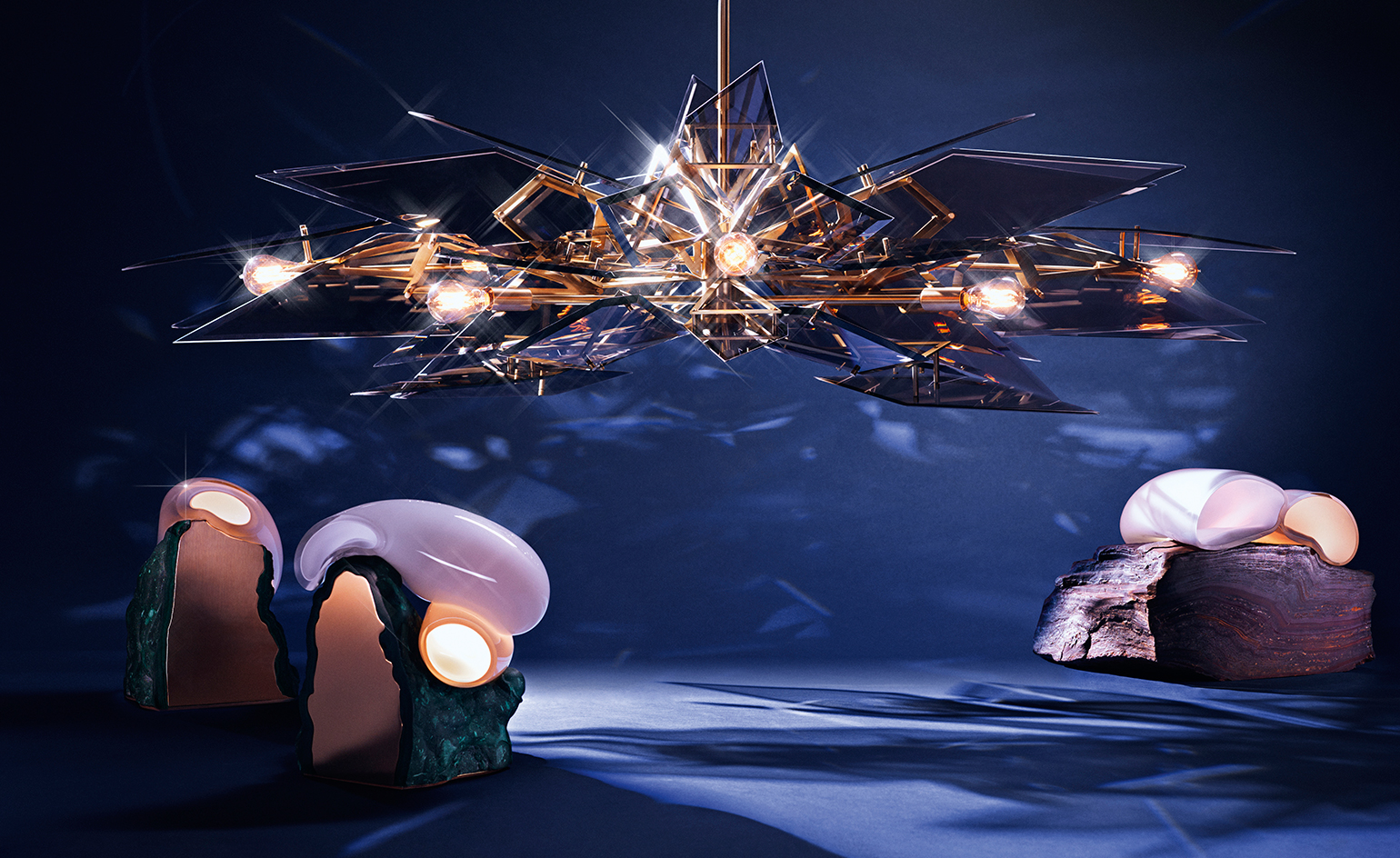
Although there is no shortage of mentorship programmes within the creative industries, the relationship between rising lighting designer Mary Wallis and industry stalwart Lindsey Adelman seems particularly organic and profound. Under Adelman’s tutelage, Wallis has risen from intern to senior designer, and Adelman’s company began producing Wallis’ own designs in 2014 – an undisputed coup for any young talent. Having worked together for nine years, the two New Yorkers are not only still in sync but also spur each other on to new heights, going above and beyond the typical mentor-mentee relationship.
When Adelman first interviewed the Australia-born Wallis in 2007, a year into running her own firm, she quickly saw Wallis’ potential. ‘There’s something that separates people who actually pursue art and design: it’s desire. You can’t tell somebody to have that,’ Adelman says. Wallis had been completing her design education at Parsons School of Design and the Pratt Institute in New York, having already earned a PhD in genetics from Cambridge University in the UK. A single trip to a life coach back in Melbourne was enough to convince her to move to the US and pursue her dream of lighting design. ‘One conversation changed my life,’ Wallis says. ‘I was on a plane two weeks later. It was like a ball in a groove – everything fell into place.’
Adelman’s own path was not dissimilar. After majoring in English at Kenyon College, Ohio, she became an editorial assistant at The Smithsonian Institution, discovering industrial design while witnessing how exhibitions were produced. ‘The same thing happened to me. There was this fiery desperation of, “How do I get there?” It all happened in the same week – I found out what industrial design was, someone suggested I go to Rhode Island School of Design, I filled out the application and portfolio – in secret, basically – and sent it in the day before it was due.’
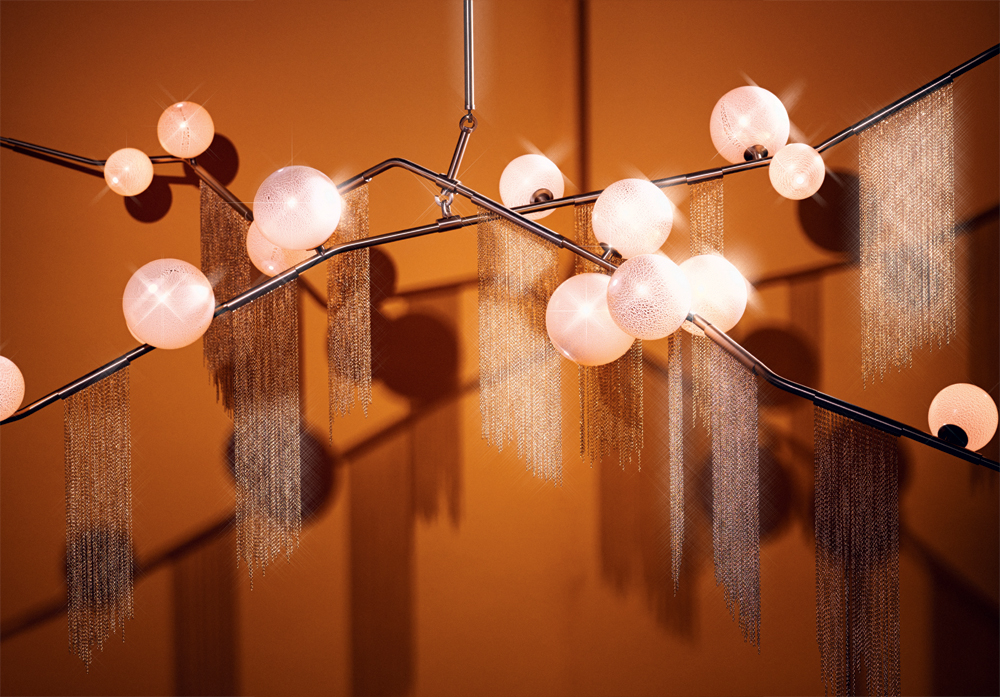
After bonding over their experiences of second acts and a shared view of the world (both are inspired by the overlap between arts and sciences), Adelman hired Wallis to join her fledgling company. ‘Lindsey gave me such confidence just by believing in me before I did. I had no experience in design. I just turned up on her doorstep one day,’ Wallis says. ‘We were just working on mock-ups at that point and everything was by hand, so it was an easy point of entry.’
While working for Adelman, Wallis experimented with her own designs on the side. She launched her own studio in 2012 and presented the first versions of her ‘Empire’ and ‘Edie’ chandeliers, made independently at a shared studio in Brooklyn, at the International Contemporary Furniture Fair later that year. Two years later, as the orders steadily increased, Adelman took over the manufacturing. ‘It seems so monumental, but we really didn’t overthink it,’ Wallis says. ‘I think back now and it was such a significant step, but at the time it was more like, “Oh yeah, we could make it here – that would be easier.”’
Wallis is not the only young design star to have emerged from Adelman’s studio. When Wallis joined, Bec Brittain, now a bright light on the New York design scene, was also on the small team. And Karl Zahn, Adelman’s design director, is establishing a reputation with his lights and wooden sculptures. ‘I think it’s the same way you pick your friends,’ Adelman says. ‘[I like] people who are really lit up – no pun intended. There are a lot of different personalities [in the studio] and we co-exist because everybody wants to make the best work. There’s another big theme, which is people who are comfortable with their talent. They make peace with the fact that they’re talented and don’t need to prove it to you every day. It’s such good energy to be around. The people who have come through my studio would have made it either way. I loved that we overlapped, it was mutually beneficial, and I hope that continues to happen.’
Adelman adds: ‘I think scheduling time for experimentation is such an important part of the [design] process. The designers that I hire pay attention to all the failures that happen in prototype. It’s inconvenient and you usually don’t have the time or money, but it makes the work what it’s supposed to be.’
Despite their aesthetic differences (Wallis exhibits an edgy, Gothic style, while Adelman leans towards the naturalistic and ethereal), there is a shared methodology. ‘This idea of “just keep trying” as part of product development is something I think people have picked up on, as well as the idea that perfection doesn’t exist,’ Adelman says, citing the continual evolution of her designs. ‘You can’t shut things down to wait for things to become perfect.’
At the heart of the connection between Wallis and Adelman is their friendship. ‘Because I follow the same creative methodology, I never felt like I had to break away,’ Wallis says. ‘It’s just fun to have a partner in crime and someone to talk to about what’s happening.’ ‘I think something that drives us as women in design is that you just want to know that there’s someone else going out on a limb for you,’ Adelman adds. ‘It’s much more fun and enjoyable when you have a girlfriend out there.’
As originally featured in the October 2017 issue of Wallpaper* (W*223)
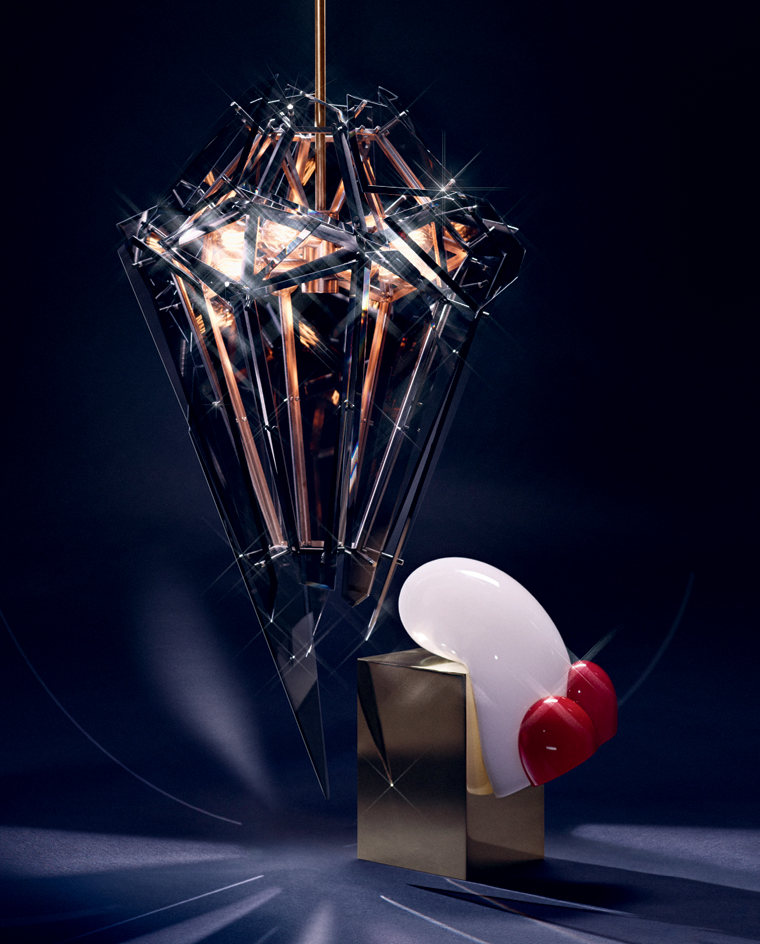
Top, ‘Edie’, ED.08.01, by Mary Wallis, for Lindsey Adelman, machined brass and bevelled glass. Bottom, ‘Catch Box’ table light, by Lindsey Adelman, for Nilufar, polished brass and hand-blown glass
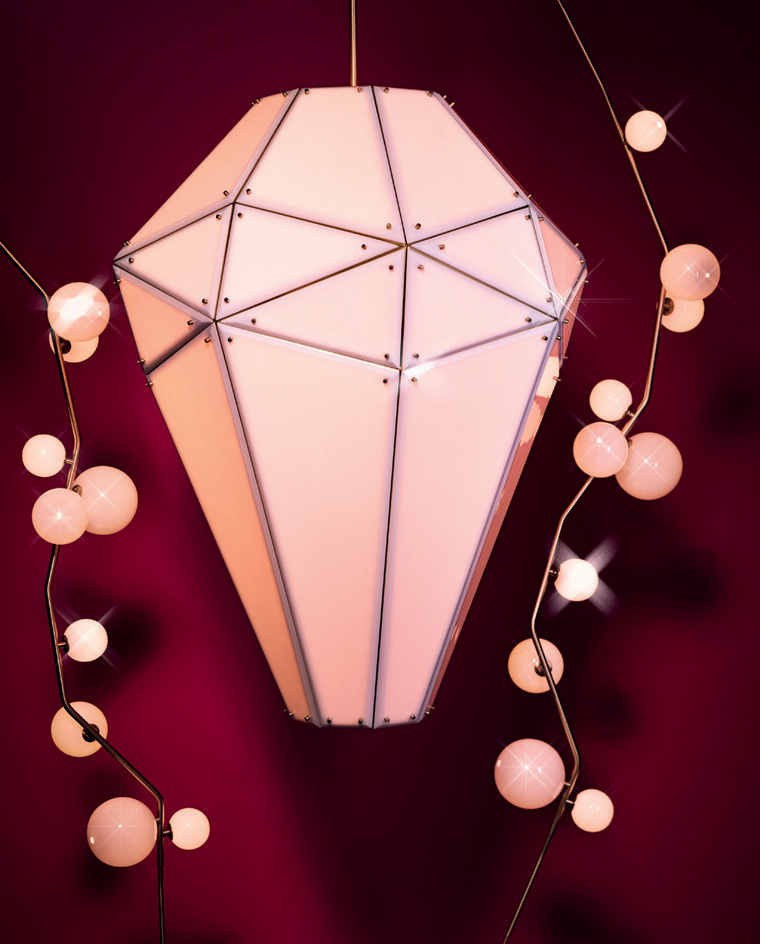
Centre, ‘Empire’, EM.08.02, by Mary Wallis, for Lindsey Adelman, machined brass and bevelled glass. Left and right, ‘Cherry Bomb’ chandelier, by Lindsey Adelman, for Nilufar, machined brass and hand-blown glass
INFORMATION
All prices on request. For more information, visit the Lindsey Adelman website, the Mary Willis website and the Nilufar website
Receive our daily digest of inspiration, escapism and design stories from around the world direct to your inbox.
Pei-Ru Keh is a former US Editor at Wallpaper*. Born and raised in Singapore, she has been a New Yorker since 2013. Pei-Ru held various titles at Wallpaper* between 2007 and 2023. She reports on design, tech, art, architecture, fashion, beauty and lifestyle happenings in the United States, both in print and digitally. Pei-Ru took a key role in championing diversity and representation within Wallpaper's content pillars, actively seeking out stories that reflect a wide range of perspectives. She lives in Brooklyn with her husband and two children, and is currently learning how to drive.
-
 The design reissues we loved from Paris Design Week
The design reissues we loved from Paris Design WeekWe bring you the best contemporary interpretations of historic design, fresh from Paris Design Week 2026
-
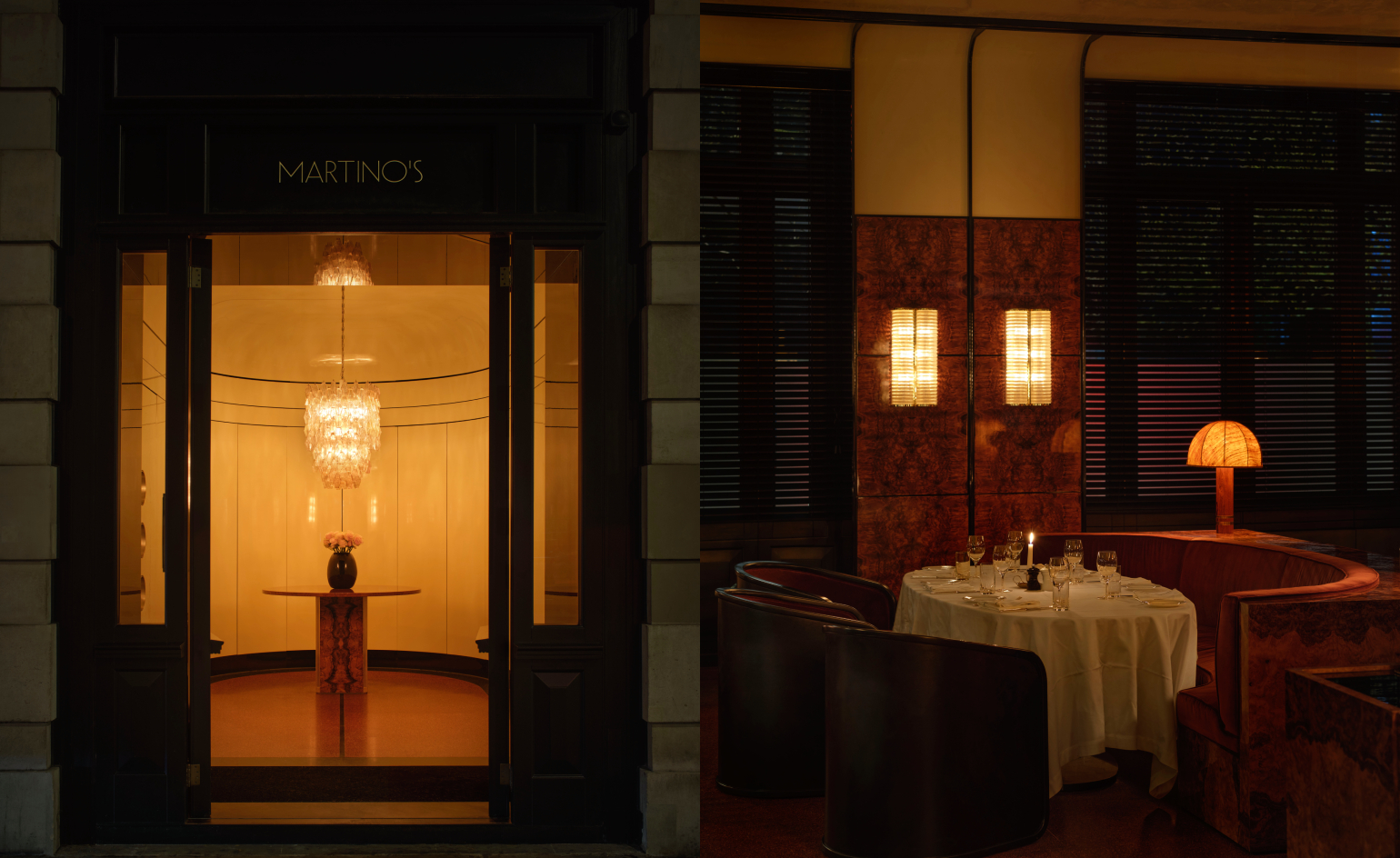 Martin Kuczmarski’s new London restaurant is made for long lunches and late nights
Martin Kuczmarski’s new London restaurant is made for long lunches and late nightsFrom the founder of The Dover comes Martino’s: a softly lit Italian trattoria in Sloane Square, where appetite, atmosphere and romance are inseparable
-
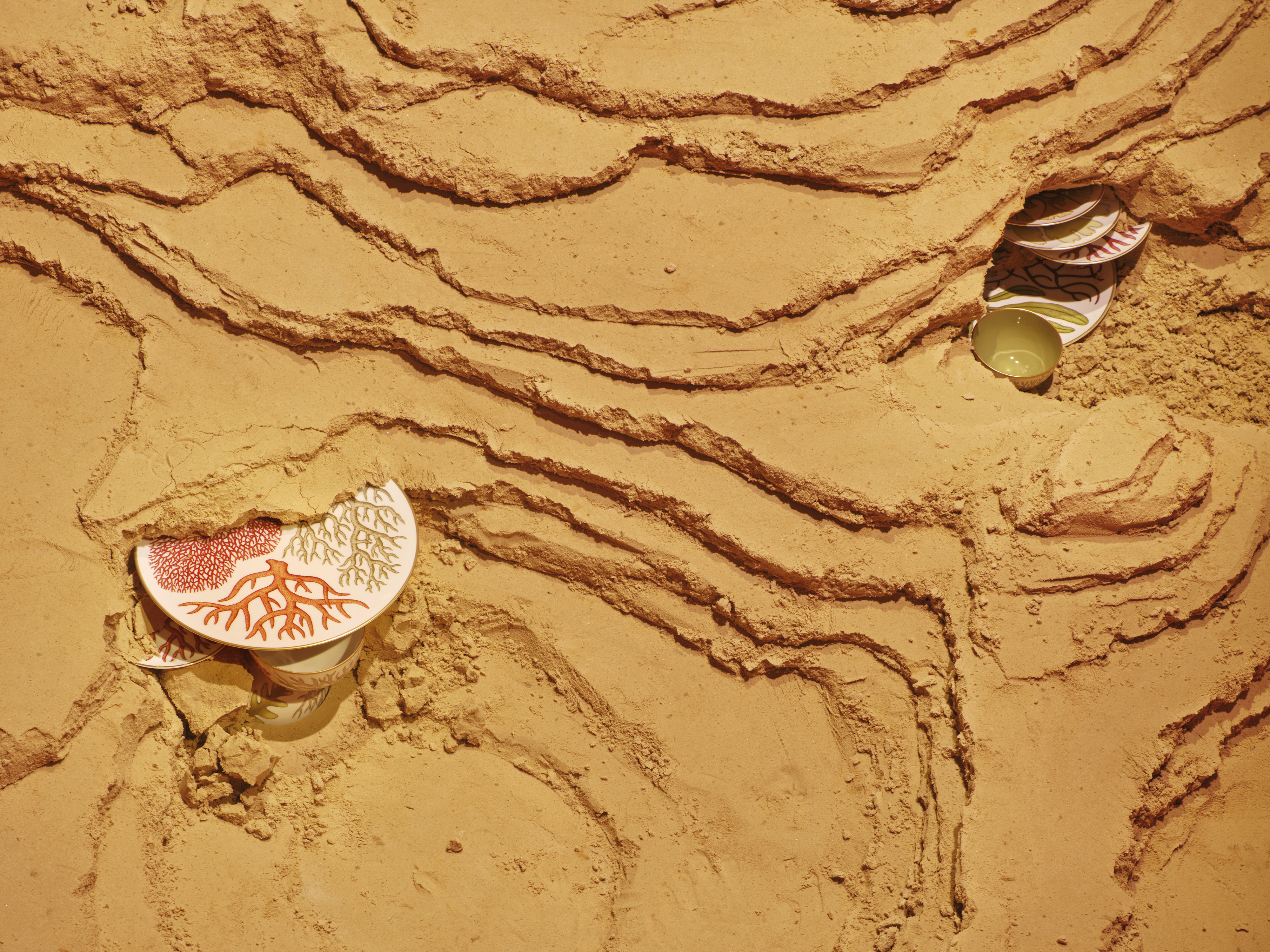 Hermès' Natures Marines tableware is a botanical marvel
Hermès' Natures Marines tableware is a botanical marvelThe newest porcelain table service from Hermès, Natures Marines features hand-drawn botanical illustrations by British artist Katie Scott
-
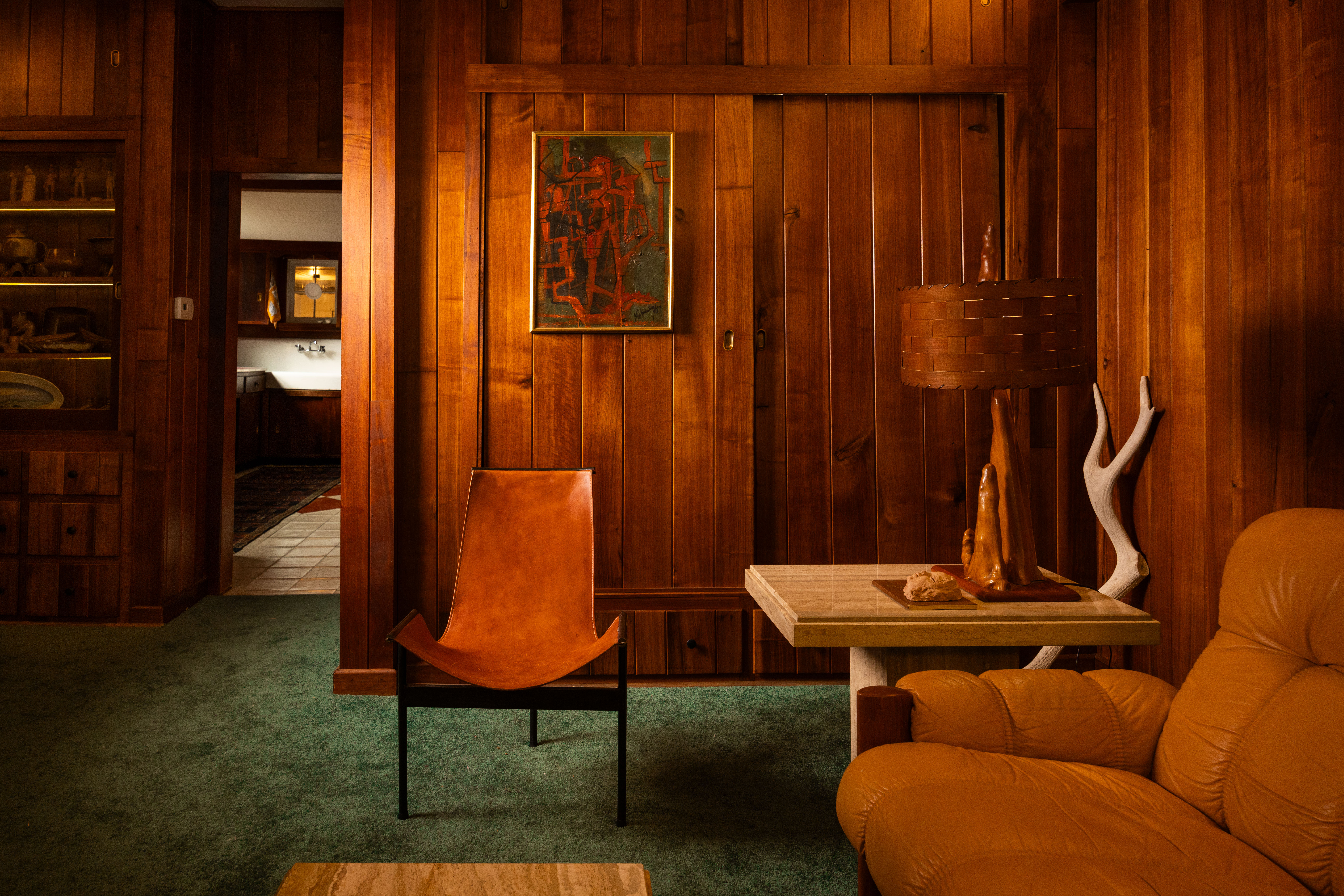 This ‘anti-trend’ Wisconsin lake cabin is full of thrifted treasures – and you book a stay
This ‘anti-trend’ Wisconsin lake cabin is full of thrifted treasures – and you book a stayThis historic cabin on Lake Wandawega, preserved and restored by the team behind Camp Wandawega, embraces a salvage-driven approach that celebrates genuine history over polished style
-
 Eclectic and colourful, Charlie Ferrer’s home reflects the interior designer’s personal and professional evolution
Eclectic and colourful, Charlie Ferrer’s home reflects the interior designer’s personal and professional evolutionThe New York interior designer invites us into his new Greenwich Village home: come on in
-
 A breathtaking exhibition celebrating modernism’s transatlantic ties soars above Manhattan
A breathtaking exhibition celebrating modernism’s transatlantic ties soars above ManhattanCurated by interior designer Andre Mellone, 'Crossed Trajectories' at Galerie Gabriel's penthouse explores connections between nomadic post-war creatives Jean Royère, Roberto Platé and more
-
 Kohler unveils ‘Pearlized’, an iridescent new bathroom finish with an under-the-sea backstory
Kohler unveils ‘Pearlized’, an iridescent new bathroom finish with an under-the-sea backstoryArtist David Franklin was inspired by glimmering fish scales and sunsets for this mesmerising debut
-
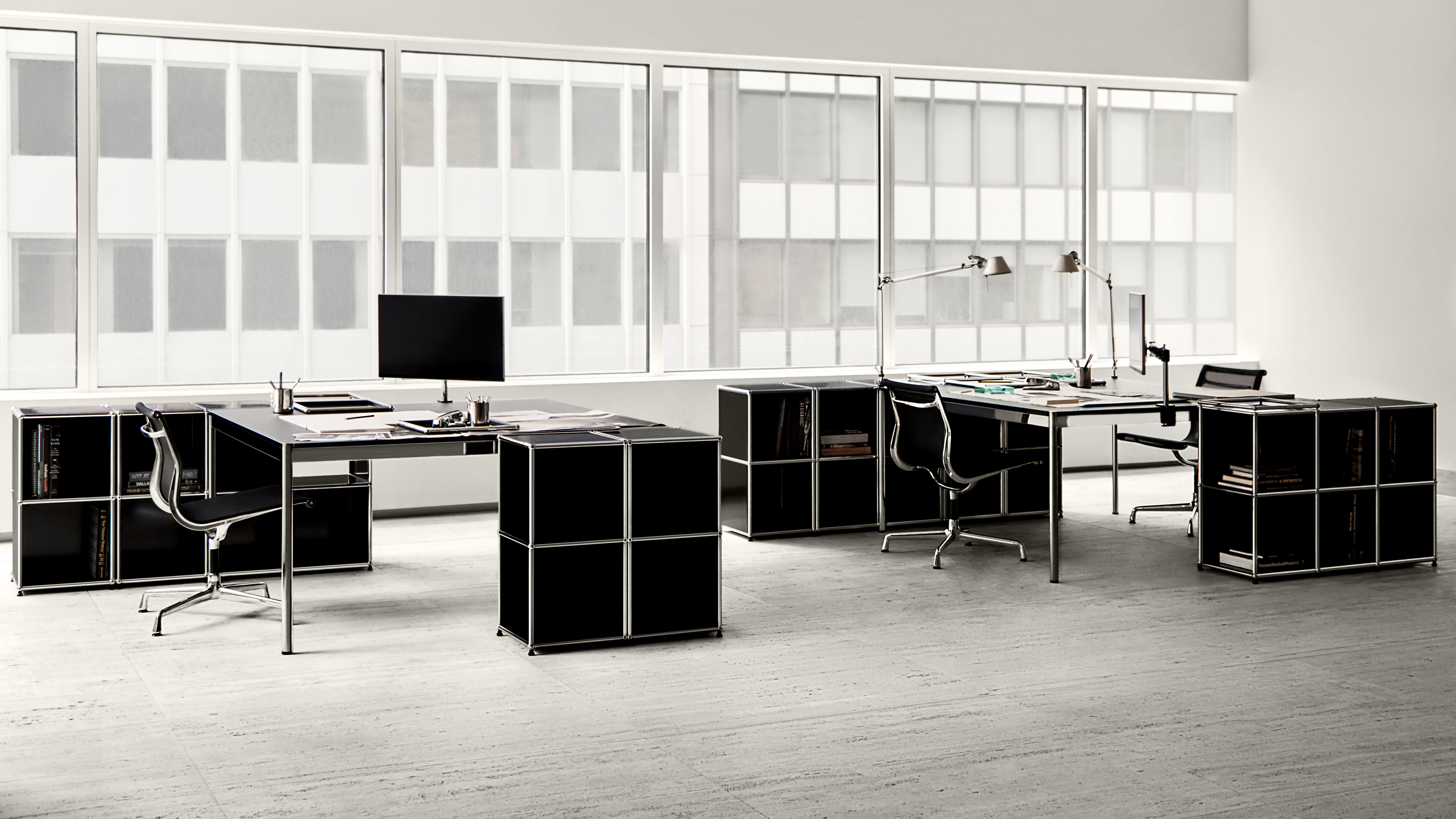 USM and Alexander May Studio present a monochrome meditation on the modern workspace
USM and Alexander May Studio present a monochrome meditation on the modern workspaceThese six flexible workspaces ‘encourage clarity of thought, calm, and self-definition’, says New York designer Alexander May of his partnership with the modular furniture brand
-
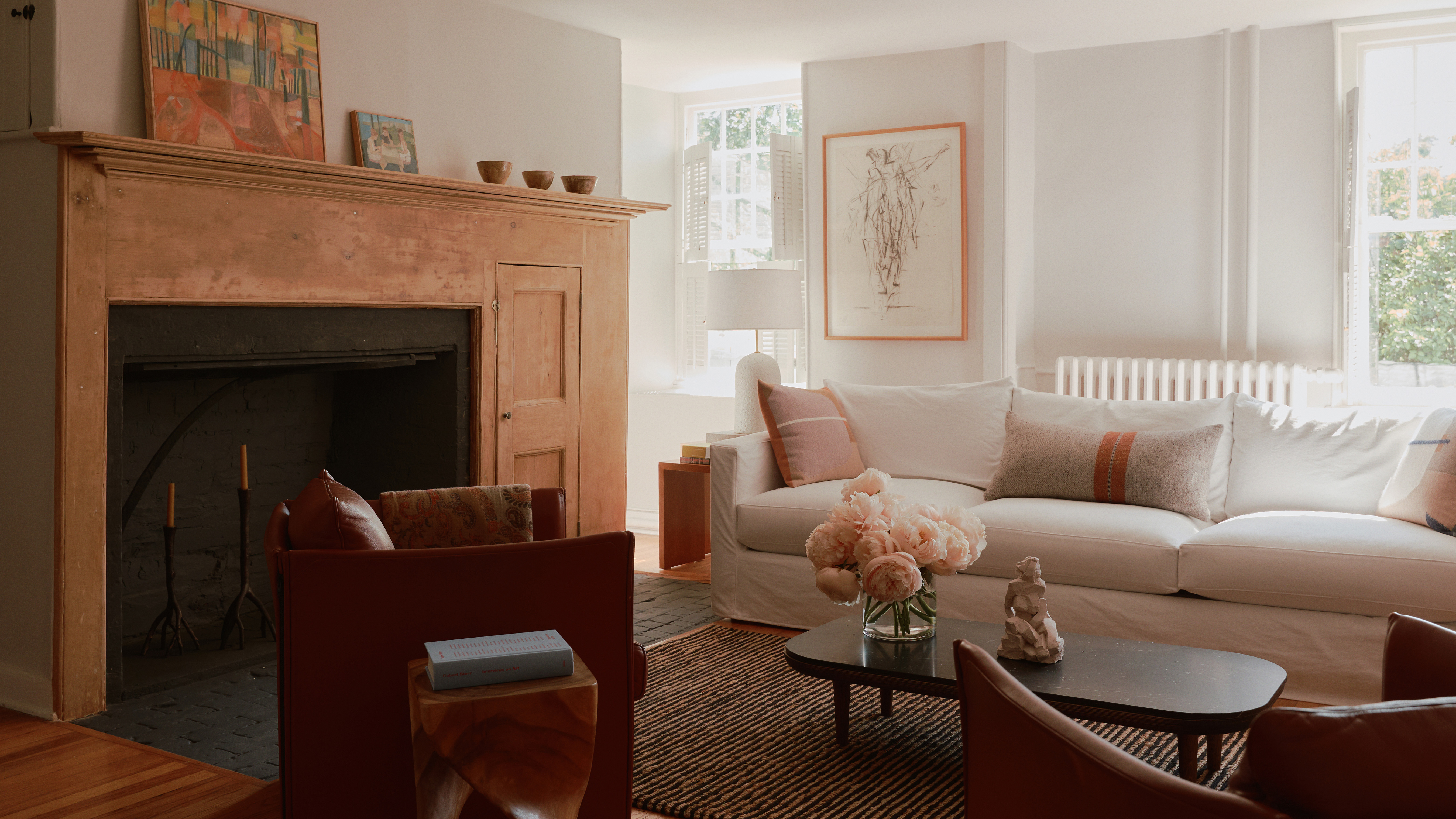 Once overrun with florals, this old Hudson farmhouse is now a sprawling live-work artist’s retreat
Once overrun with florals, this old Hudson farmhouse is now a sprawling live-work artist’s retreatBuilt in the 1700s, this Hudson home has been updated into a vast creative compound for a creative, yet still exudes the ‘unbuttoned’ warmth of its first life as a flower farm
-
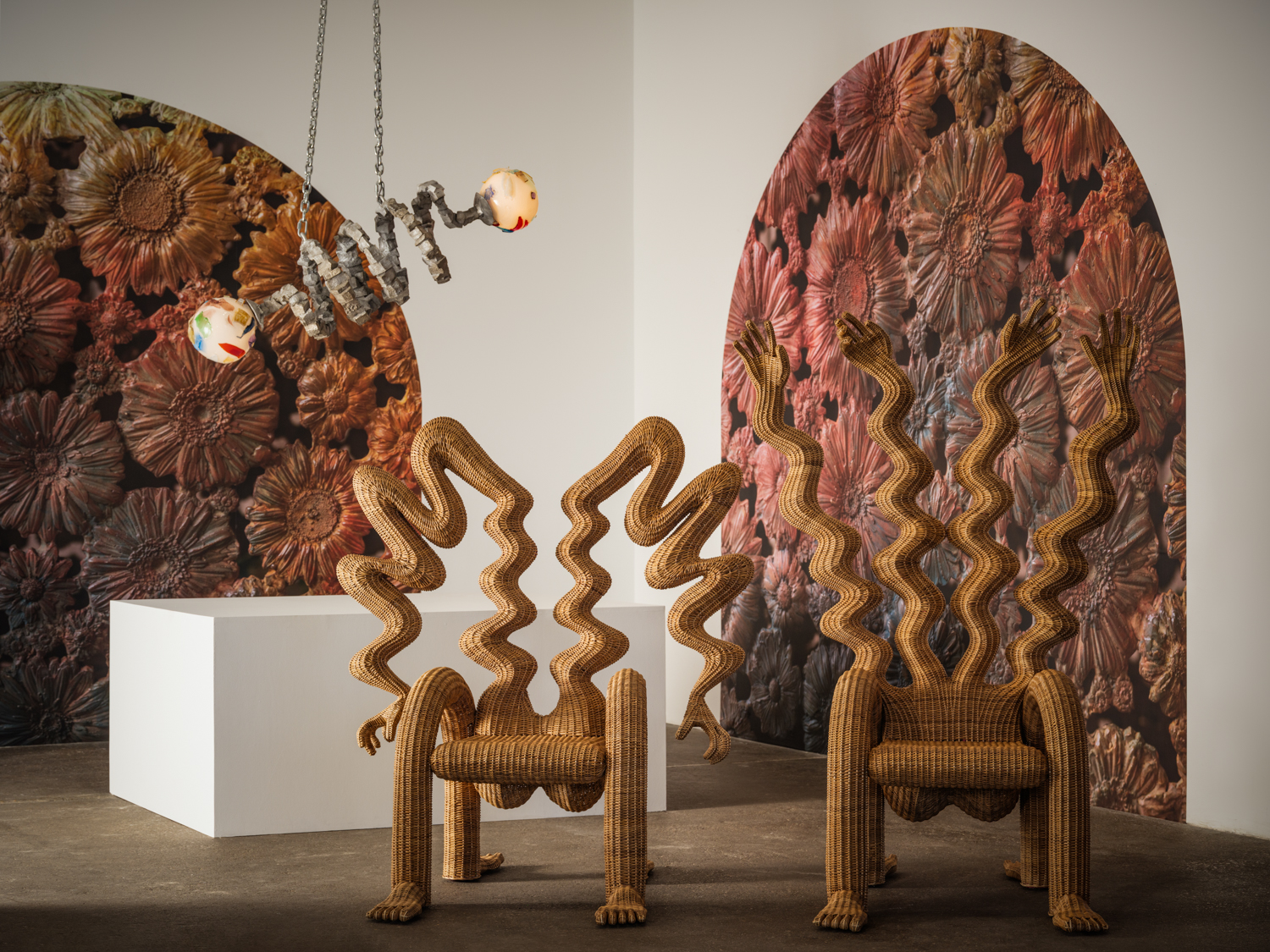 Chris Wolston’s first-ever museum show bursts with surreal forms and psychedelic energy
Chris Wolston’s first-ever museum show bursts with surreal forms and psychedelic energy‘Profile in Ecstasy,’ opening at Dallas Contemporary on 7 November, merges postmodern objects with Colombian craft techniques
-
 How an Austin home went from 'Texan Tuscan' to a lush, layered escape inspired by the Alhambra
How an Austin home went from 'Texan Tuscan' to a lush, layered escape inspired by the AlhambraThe intellectually curious owners of this Texas home commissioned an eclectic interior – a true ‘cabinet of curiosities’ layered with trinkets and curios